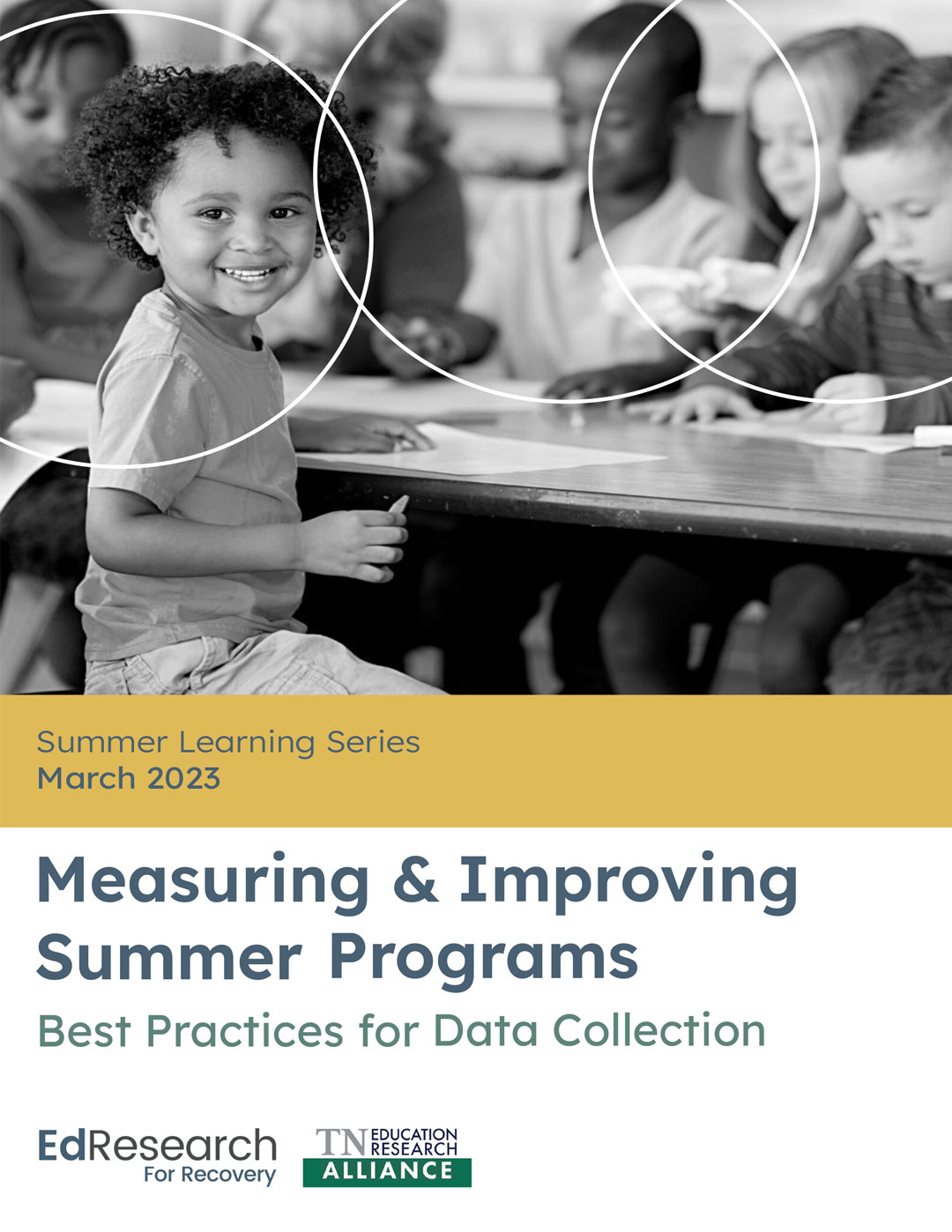This best practices resource is designed to provide school and district leaders with guidance on the types of data that they should collect, as well as how to collect, analyze, and interpret the data to gain insights into the effectiveness of their summer programs.
This resource focuses on simple descriptive analyses (e.g., percentages and averages), since they are straightforward to calculate and widely understood by stakeholders. These types of analyses provide immense value to leaders and help identify areas where changes can be made to improve the effectiveness of programs and areas of success that should be replicated. Findings can also support leaders to make evidence-based decisions about program design, curriculum, and instruction.
Ultimately, collecting and examining this data can give school and district leaders a measuring stick with which to assess their progress towards their goals. It can help ensure that their summer programs are always improving and providing the best possible outcomes for students.
This resource draws on work with districts in Tennessee and Rhode Island and focuses on quantitative data measures. It is intended as a starting point. Qualitative data such as conversations with students, teachers, and families will provide further information on what the data means and how to best learn from it.
